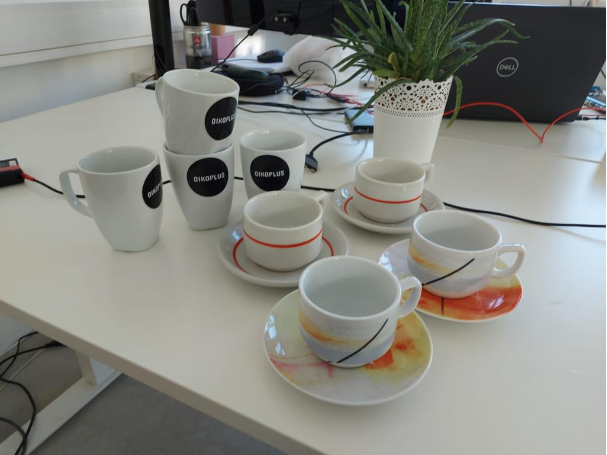Machine learning shapes much of our world, yet many of us understand little about how it works. We remain in the dark about its mechanics. This reading list helps demystify the algorithms that are transforming our future.
In this Oikoplus Reading List, we take a look at machine learning. Of course, we also use various AI tools to support us in our day-to-day work. But to be honest, we have little understanding of how their algorithms work. And since we’re not alone in this, here are a few good reads on the subject.
Let’s start with a look at the history of software. The article “A Little History of Software Development” on the Ferrovial blog provides a concise history of the evolution of software development. It explores key phases from the early years when programming was informal and experimental, through the industrialization process in the 1980s with structured methods, to the Agile revolution in the 2000s that restored a focus on creativity and collaboration. The piece concludes by discussing modern trends, like AI and low-code platforms, that could transform the industry.
The blog of the MIT Business School has an introduction to machine learning that is well worth reading. The title says it all: The article “Machine Learning, Explained” provides a comprehensive overview of machine learning (ML), its role as a critical subset of artificial intelligence (AI), and its growing impact across industries. It explains how ML enables computers to learn from data without being explicitly programmed and highlights different types of ML (supervised, unsupervised, and reinforcement learning). The article also addresses key issues such as explainability, bias, and the importance of ethical AI.
Quanta Magazine has published an article that is really worth reading. It shows how abstract concepts can influence the way we think about computers, and that computer science is not just about programming languages and technical solutions. The article discusses Lenka Zdeborová, a computer scientist who applies concepts from statistical physics to better understand machine learning and algorithm behavior. She explores how the physics of phase transitions, like water freezing, can model algorithmic changes, particularly in neural networks. By bridging physics and computer science, Zdeborová aims to decode the fundamental properties of large machine learning systems, aspiring to develop a framework similar to thermodynamics for machine learning.
Of course, machine learning is not merely about curiosity-driven innovation, but also a multi-billion dollar business. Matthew Ball provides a good insight into the questions this raises for tech companies. His article “Parallel Bets, Microsoft, and AI Strategies” explores Microsoft’s strategic approach to AI investments, particularly its partnerships with OpenAI, while simultaneously developing its own models. Microsoft has placed parallel bets on different AI technologies, from large acquisitions like Nuance to smaller investments in startups. The piece outlines the competitive landscape between Microsoft and OpenAI and examines the company’s historical strategy of making diversified bets to secure its position in emerging technologies.
Now we’ve looked into machine learning and AI. But we have hardly really understood how the self-learning algorithms work. But wouldn’t that be important? Won’t we all become mere users if we have no idea how the technologies we use in our everyday lives work? This question was asked almost a decade ago. This Brookings article from 2016 discusses the importance of educating the public about machine learning (ML) to increase understanding and trust in AI technologies. It emphasizes that while machine learning algorithms are increasingly influencing various sectors, including autonomous vehicles and facial recognition, the public often lacks knowledge about how these systems make decisions. The article advocates for more transparency and better communication strategies to demystify ML and its impacts on everyday life.
At the end of our little exploration of machine learning, it’s clear that whether it’s corporate strategies like those of tech companies or the need for public AI education, understanding these algorithms is essential to navigating the digital world that is shaping our future. We will continue reading.























